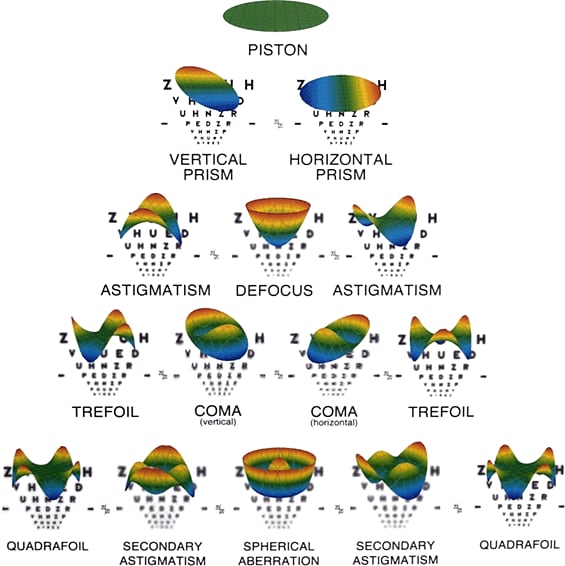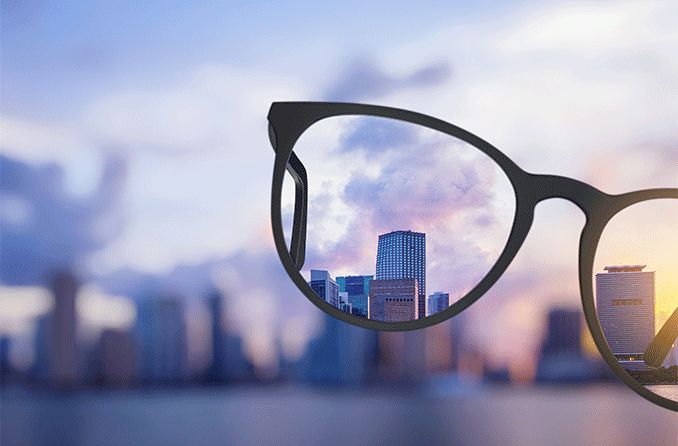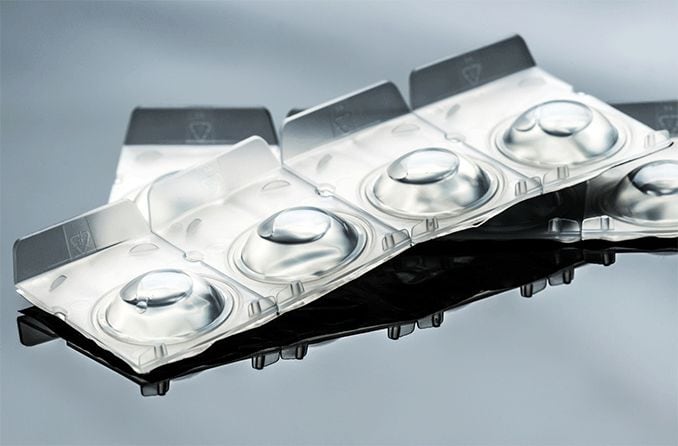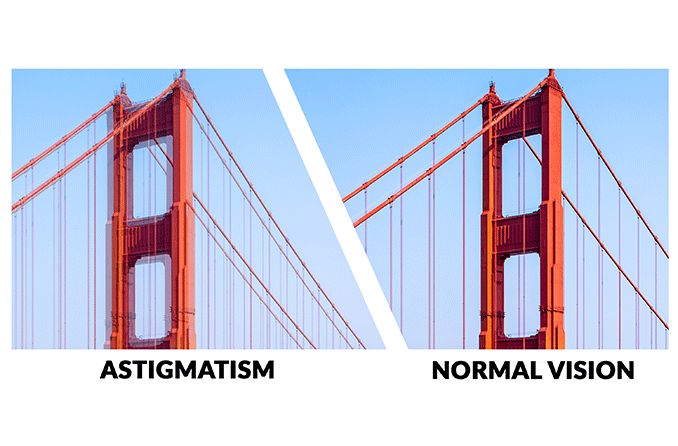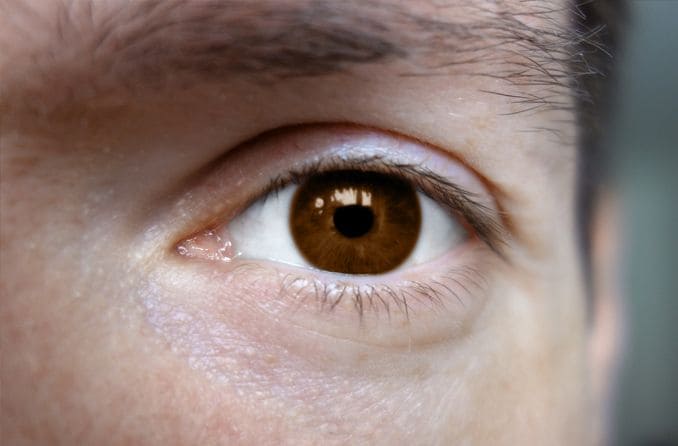Spherical aberration is one of many varieties of a higher-order aberration (HOA) in the eye. HOAs are subtle optical imperfections in the eye that are more complex than refractive errors such as astigmatism, nearsightedness (myopia) and farsightedness (hyperopia).
Higher-order aberrations are often called “irregular astigmatism” and are associated with flaws in how the eye refracts light rays as they travel through the vision system. Coma and trefoil aberrations are also considered HOAs.
An optical aberration is a loss of clarity of images formed by the eye, and aberrations can occur in eyeglass lenses or other optical devices (such as binoculars or telescopes) as well. It is normal for all eyes to have some degree of aberration, but correction is rarely required. However, in severe cases causing lower quality vision, you may need special treatment.
Spherical aberration is a specific type of optical aberration. It occurs when light rays passing through the periphery of the cornea and lens come to a focus at a slightly different location than light rays passing through the center of the cornea and lens. This results in decreased image quality. While spherical aberration cannot be corrected with ordinary eyeglasses or soft contact lenses, rigid contact lenses or other more advanced options may be recommended, on a case-by-case basis.
What causes spherical aberration?
An aberration (which literally means a deviation from the usual or natural) of the eye occurs when there is an abnormality on the surface of the cornea. As mentioned, some degree of aberration is natural in every eye, though there are several factors that can contribute to the development and/or severity of aberration.
In the eye, spherical aberration tends to increase with pupil size, and is therefore more noticeable in low light conditions than in bright sunlight. Visually, spherical aberration causes blur, loss of contrast and halos around lights.
Surgery such as LASIK can worsen HOAs in the eye — particularly, spherical aberrations. Procedures like keratoplasty (corneal transplants) can also increase the risk of developing spherical aberration.
Spherical aberration can also occur as a result of the following:
- Eye diseases such as cataracts
- Corneal dystrophies
- Corneal scarring after injury, infection or surgery
- Tear film disorders (dry eye syndrome, keratitis sicca, keratoconjunctivitis and dysfunctional tear syndrome)
The crystalline lens of the eye, which provides part of the eye’s light focusing power, changes as a natural part of aging — this can also contribute to spherical aberration.
SEE RELATED: LASIK risks and LASIK complications
Spherical aberration diagnosis
Aberrations can be examined and diagnosed through wavefront technology (aberrometry), using an instrument called an aberrometer.
Aberrometry measures how light passes through the crystalline lens and cornea, which are the light-focusing parts of the eye. The distortions that result as light passes through the eye during this exam are called aberrations.
The process is quick and administered in three steps:
- As you place your chin on the chin rest of the aberrometer, you will look inside and focus on a point of light. During this time, your pupil is measured, as this is where a wavefront will pass through your eye.
- A beam of light is shined into your eye and is then reflected back by your retina. The wavefront of this light is captured and measured by the aberrometer.
- A map of this projection is created, defining the shape and severity of the distortions (aberrations) that occur in your eye.
The map produced by an aberrometry is often referred to as an “optical fingerprint,” as it captures the unique ridges and valleys of the eye — because, like a fingerprint, no two eyes are the same.
This information is vital in determining and prescribing any vision correction that may be needed.
How does spherical aberration affect vision?
It is normal to have some degree of aberration — as no eye is perfect — but if it is unusually high, vision can be noticeably affected.
In particular, spherical aberration can alter the focusing ability of the eye, especially in dark or dimly lit environments (contrast sensitivity).
People who have large pupils may experience more severe symptoms of spherical aberration — even more so in poor lighting when pupils widen (or dilate) to compensate for low light.
Some may also see halos or starbursts around lights.
Can spherical aberration be treated?
Higher-order aberrations such as spherical aberration are so complex that they cannot be improved with ordinary eyeglasses or soft contact lenses. However, they can be treated with rigid contact lenses.
Some other advanced options can be used to correct spherical aberration, which may include one of the following:
- Special eyeglass lenses
- Intraocular lenses
- Refractive surgery
If spherical aberration (or another type of HOA) begins distorting your vision, your ophthalmologist will recommend the best treatment for your specific case.
Higher-order aberrations vs. lower-order aberrations
Every vision prescription includes specific numbers that accompany a “sphere” and “cylinder.” These numbers are lower-order aberrations. About 85% of lower-order aberrations contribute to vision imperfections such as nearsightedness, farsightedness and astigmatism.
The remaining 15% of imperfections in vision are due to higher-order aberrations like spherical aberration, coma aberration and trefoil aberration.
SEE RELATED: Refractive errors and refraction: How the eye sees
Eye exams promote healthy vision
Spherical aberration is not a threat to eye health, but cases that impair vision should be assessed and treated as recommended by your eye doctor.
Yearly comprehensive eye exams are vital for your sight and overall eye health. Vision screenings are especially important for those with spherical aberration and other HOAs, as these can be associated with cataracts, tear film disorders and various corneal problems.
If you’ve noticed any changes in your vision, do not hesitate to contact your eye doctor. And if you’re concerned about spherical aberration or any other type of HOA, ask about a wavefront exam — based on your needs, you may be a good candidate.

